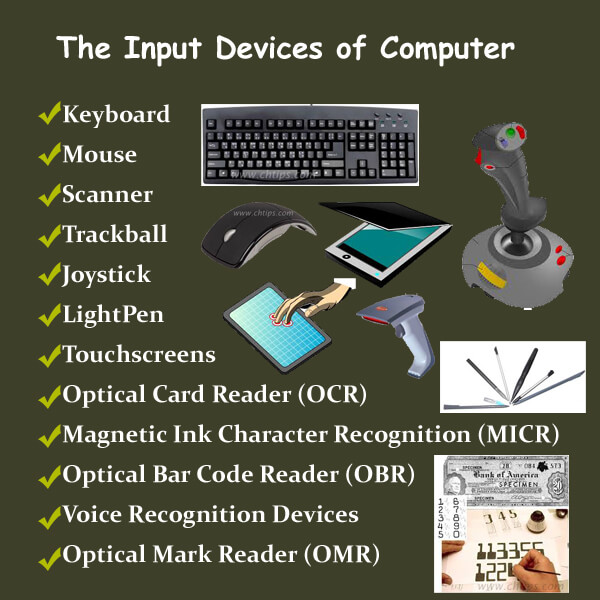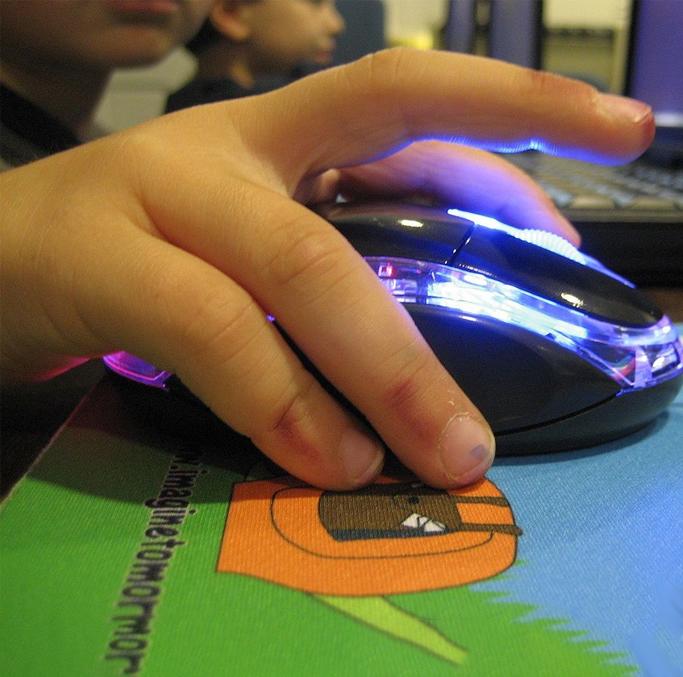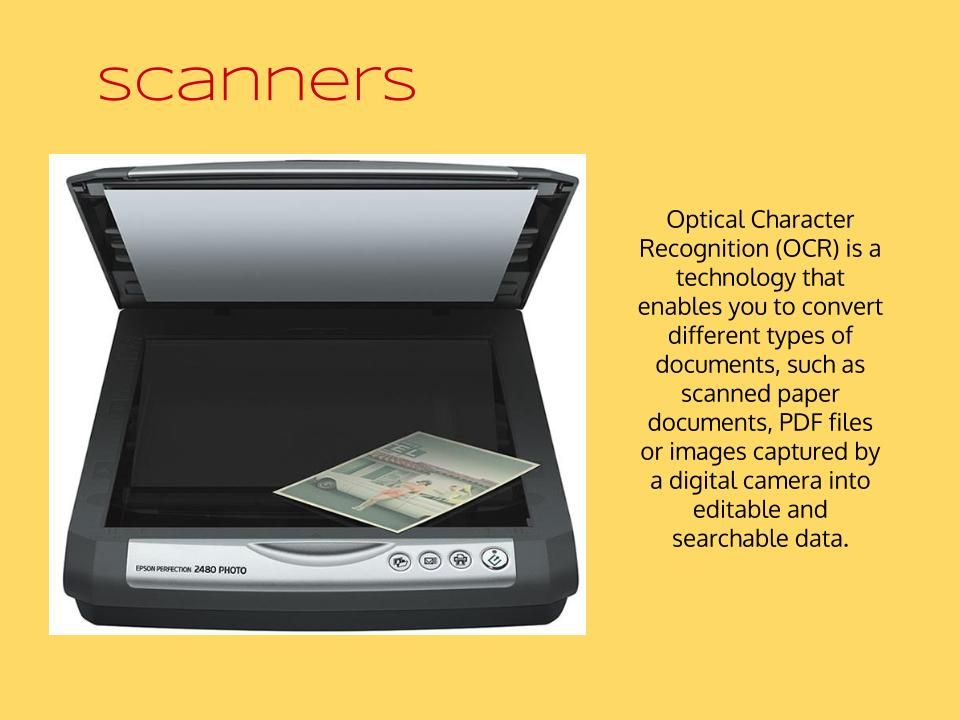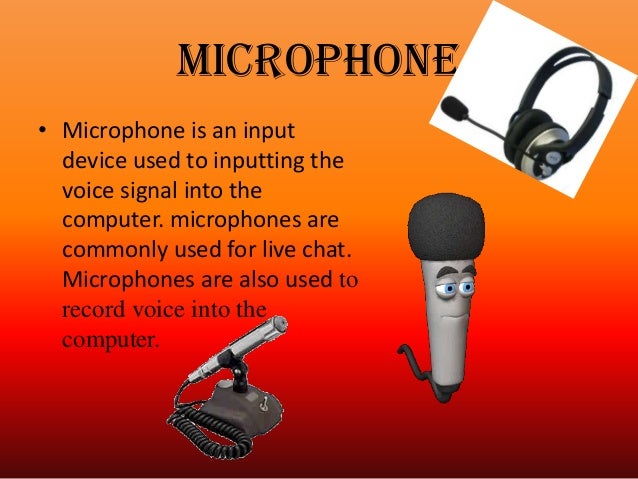Input Devices Presentation
| Introduction to Input Devices | ||
|---|---|---|
| Input devices are hardware devices that allow users to interact with a computer or electronic device. They are used to input data, commands, and instructions into the system. Common input devices include keyboards, mice, and touchscreens. | ||
| 1 | ||
| Keyboards | ||
|---|---|---|
| Keyboards are the most common input device for computers. They consist of a set of keys, including letters, numbers, and special characters. Keyboards can be wired or wireless and come in various layouts, such as QWERTY or DVORAK. | ||
| 2 | ||
| Mice and Pointing Devices | ||
|---|---|---|
| Mice are input devices that allow users to control the movement of the cursor on the screen. They typically have buttons for clicking and scrolling. Other pointing devices include trackballs, touchpads, and stylus pens. | ||
| 3 | ||
| Touchscreens | ||
|---|---|---|
| Touchscreens are input devices that allow users to interact directly with the display using their fingers or a stylus. They are commonly found on smartphones, tablets, and some laptops. Touchscreens provide intuitive and tactile interaction with the device. | ||
| 4 | ||
| Scanners | ||
|---|---|---|
| Scanners are input devices used to convert physical documents or images into digital format. They capture the content of the document or image and store it as a digital file. Scanners are commonly used for document archiving, image editing, and OCR (Optical Character Recognition) purposes. | ||
| 5 | ||
| Digital Cameras | ||
|---|---|---|
| Digital cameras are input devices used to capture photographs and videos. They store the media in digital format, allowing easy transfer and editing on computers. Digital cameras come in various types, including DSLR, mirrorless, and point-and-shoot. | ||
| 6 | ||
| Microphones | ||
|---|---|---|
| Microphones are input devices used to capture audio or voice input. They convert sound waves into electrical signals that can be processed by the computer. Microphones are commonly used for voice recording, online communication, and audio production. | ||
| 7 | ||
| Joysticks and Gamepads | ||
|---|---|---|
| Joysticks and gamepads are input devices primarily used for gaming. They provide precise control over movements and actions in games. Joysticks are commonly used for flight simulators, while gamepads are popular for console and PC gaming. | ||
| 8 | ||
| Biometric Input Devices | ||
|---|---|---|
| Biometric input devices use unique physical characteristics to authenticate users. Examples include fingerprint scanners, facial recognition cameras, and iris scanners. Biometric input devices provide enhanced security and convenience for access control and user authentication. | ||
| 9 | ||
| Conclusion | ||
|---|---|---|
| Input devices play a crucial role in interacting with computers and electronic devices. They enable users to input data, commands, and instructions effectively. Understanding the different types of input devices helps optimize user experience and productivity. | ||
| 10 | ||







